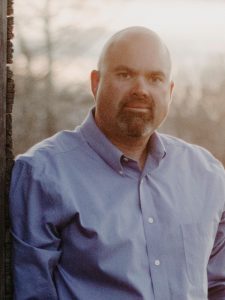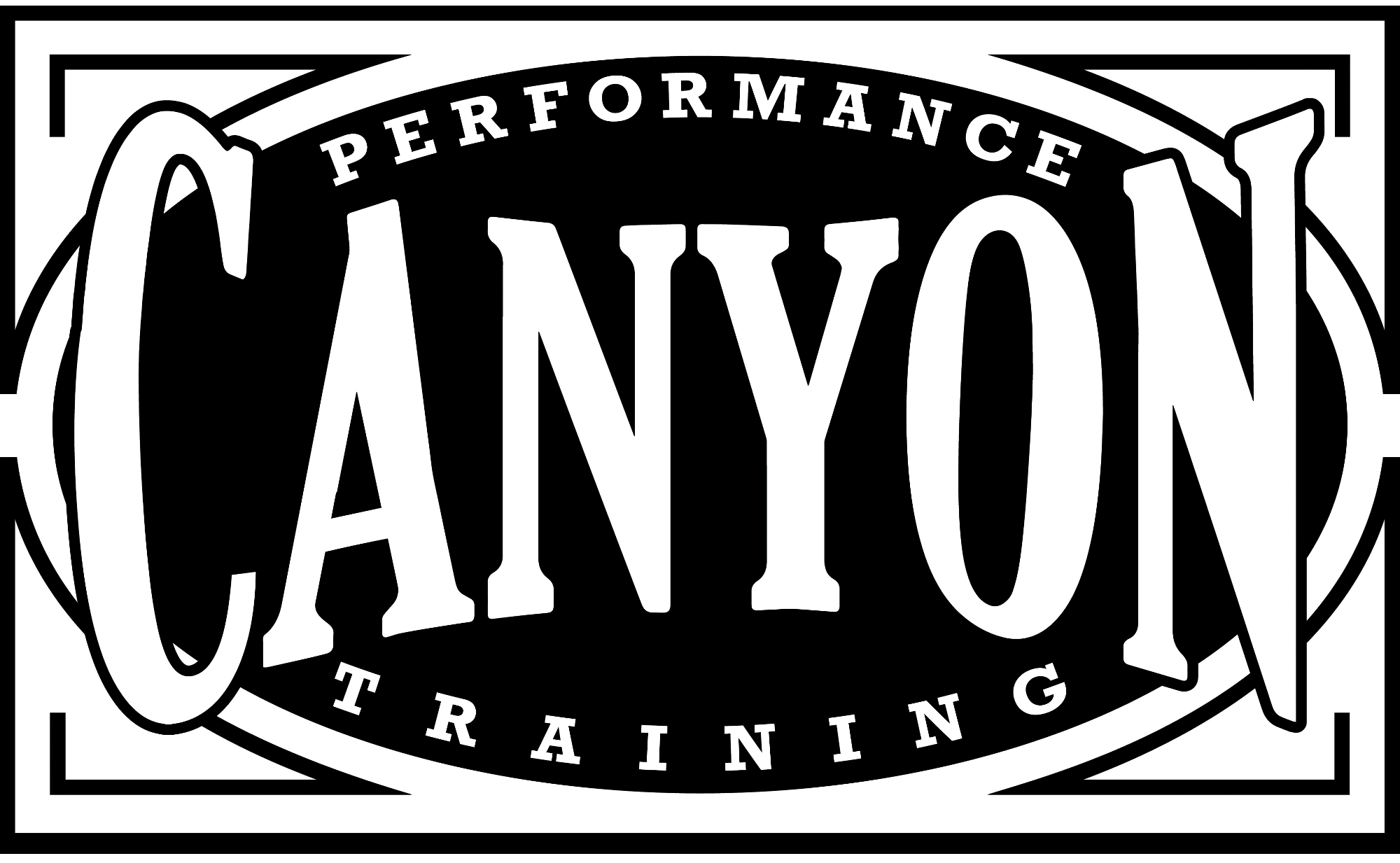 The personal trainer on the YouTube video promises that her curtsy lunge with dumbbells is the secret to “a beautiful butt,” then conducts a very enthusiastic series of deep curtsies with the legs thrown back – right, left, right, left – arms by the sides, back straight, head up.
The personal trainer on the YouTube video promises that her curtsy lunge with dumbbells is the secret to “a beautiful butt,” then conducts a very enthusiastic series of deep curtsies with the legs thrown back – right, left, right, left – arms by the sides, back straight, head up.
In reality she probably stands a better chance of blowing out her ACL than making her butt beautiful with that move. It’s a classic way to put excess stress on the knees and should be completely avoided during youth athletic training or teen sports performance programs.
A plethora of flashy, amateur, online videos and programs, with no basis in science, evidence, or experience, lures viewers into quick-fix free exercises that are overwhelmingly useless, and sometimes dangerous. When I scroll through YouTube looking for inspiration, I dismiss about 49 of 50 with some pretty simple questions:
- Does the instructor understand the exercise they’re doing?
- Are they using proper form?
- Are they addressing neutral spine if it’s a squatting activity?
- Are they maintaining good knee-toe-hip alignment?
- Are they just trying to look cool?
Another sign: If they say something like “do this exercise to flatten your stomach,” they’re probably a hack. The only way to flatten your stomach is to reduce body fat. Not crunches. Exercise, if anything, makes you bigger.
So what if they look like good athletes? Looking like an athlete doesn’t make you an athlete, and being an athlete doesn’t make you a trainer. If you want to become a great running back, who do you want for your coach – Tony Dorsett or Tony Dorsett’s coach? (Hint: we know the coach is great at producing excellent running backs.)
I am actually a little shocked how few questions people ask when they sign up to work with me. Take time to research sports performance programs and professionals:
- How much experience do they have with other athletes who play my sport or similar sports? Training for football is very different from training for golf.
- Do they have experience with athletes my age? A training program for a 12-year-old should look very different from a program for a 22-year-old.
- How long have they been doing this? Everyone needs a first or second client. Should it be you?
- Can they provide names and phone numbers, not email addresses, for athletes or parents of athletes who can share their experiences with them?
A real professional will be happy to take the time to go through all these things with you and help you feel comfortable with the decision, even if it is that he or she is not the right fit.
Please share this with someone you think might enjoy it and as always I appreciate any comments you may have and sign up to receive updates when each article is published.

